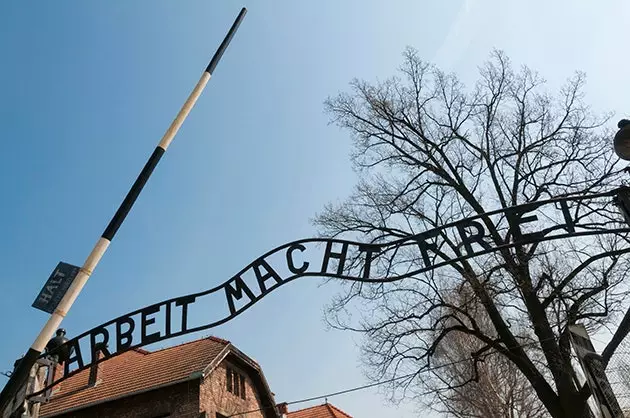
Journeys towards pain, morbidity and death that end, for example, in Auschwitz
To put our heads to the bottom in this so gloomy -and attractive- matter, we have spoken with an expert on the subject, Korstanje Maximilian . This Doctor in the Department of Economic Sciences of the University of Palermo (Argentina) and in the CERS (Centre for Ethnicity and Racism Studies) of the University of Leeds (United Kingdom) has written several scientific articles on the matter, and he explains why draws our attention so much "disaster tourism".
"For there to be dark tourism, the main element that must occur is thanaptosis, from thanatos (death), a process by which the subject it interpellates and prefigures his own death through the death of another." In other words, it is as if we "learned" about this phenomenon by visiting the sites where it has already taken place. **"**Modern society has advanced in technology in order to extend life. Unlike other times, death is less present in the culture , is denied, because less and less people die. The fact that it is denied does not mean that it is controllable, but rather that its appearance affects us more and more. Faced with death, society has two paths: it disintegrates -because mistrust of its rulers increases-, or its internal cohesion increases. Dark tourism is a kind of museification of the catastrophe that allows the social bond not to be destroyed . Anthropologically, the phenomenon corresponds to an attempt -as we said before- to discipline the figure of death ".
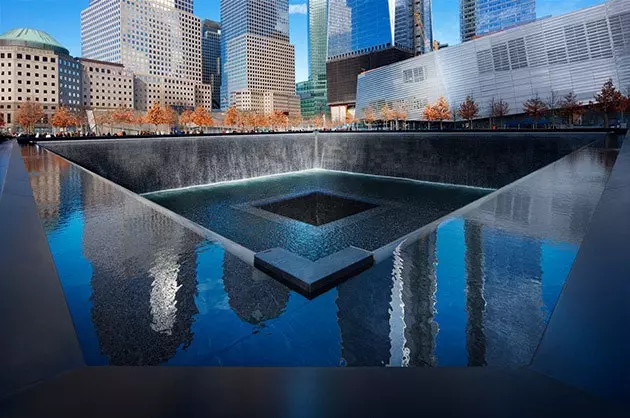
The World Trade Center, which used to grow upwards, can now only be seen looking downwards
For her part, the writer and graphologist ** Clara Tahoces **, who has spent more than twenty-five years dedicating herself to the investigation of unusual and mysterious topics and has worked in the magazine Más Allá de la Ciencia and in the radio program Milenio 3 ( in addition to being collaborator in Fourth Millennium ) ), believes that fans of black tourism "look for places that are outside the typical tourist offer because they are seasoned with a point of morbidity: learn unusual stories or expand information on certain tragic events of which they were already aware".
For this reason, both authors agree that one of the most powerful poles for those seeking this type of experience is the Nazi death camps. "At these sites, visitors want more than just history, they try to connect with human pain at its best ", Dr. Maximiliano tells us. And he explains it by appealing to his previous idea:" Tourism has proven to be a formidable resilience mechanism , and many spaces of destruction or social trauma such as Ground Zero in New York or New Orleans are reconstructed through an allegory, a discourse created for others who come to understand why the worst has happened ".
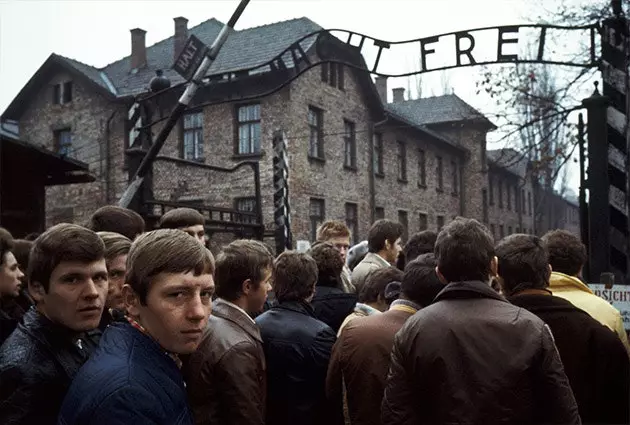
Every year, Auswitch is visited by one and a half million people
Tahoces also highlights other interesting locations for the disaster tourist, the specialized exhibition spaces: "There are different museums around the world that show artifacts that were used to exercise torture . In Spain, for example, we have one in Santillana del Mar, another in Córdoba... crime museums they are not far behind, there are many. One of the most famous is The Black Museum, also known as The Crime Museum, at Scotland Yard in London. Another visit made by many travelers who stop in San Francisco is the **Alcatraz prison-museum** ".
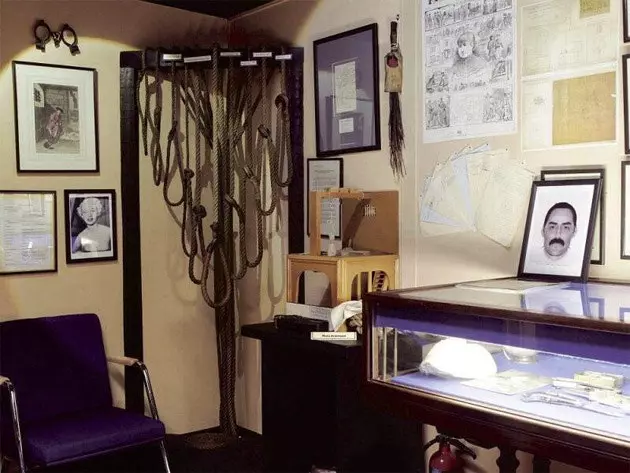
To enter the Scotland Yard museum you have to ask for a special permit that almost nobody gets
In fact, there are more and more "attractions" that bring together this type of leisure, to the point that many companies they are getting on the bandwagon of dark tourism without being: "Fictitious facts are used to sell sites where nothing really happened . For example, supposedly sinister houses on film sets, which often become places of worship," says Tahoces.
For his part, Maximiliano sheds light on another interesting fact: the social groups that refuse to turn their tragedy into a "show": "There are a series of memory spaces that carry a lot of pain inside that has not yet healed. For example, the Cro-Magnon sanctuary in Argentina, where 194 young people died after a flare caused a huge fire at a rock and roll concert, is a clear example of a community that does not accept organized tourism . Travelers can visit the place, but contingents are not allowed as in Auschwitz or other museums. The idea is simple, broadly speaking: tourism is an economic phenomenon and as such, bears the mark of money. The latter calls for corruption, which was the cause of this tragedy. Therefore, Cromañón, like many other places, resists this type of tourism."
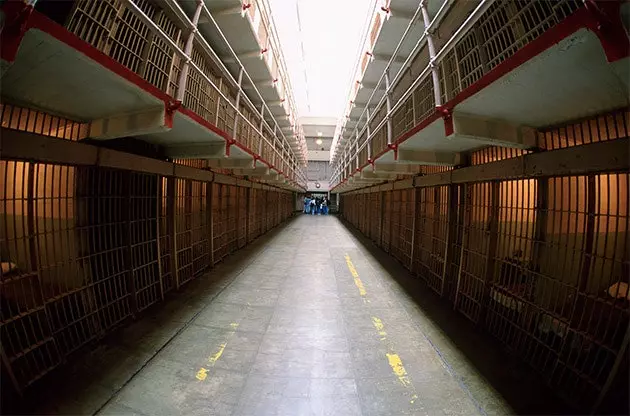
Alcatraz, the most famous prison in America -with permission from Guantánamo-
Likewise, there are also places that become mecca for the curious , who visit them spontaneously. We are talking, for example, about the house where Elizabeth Fritzl, daughter of the "Amstetten Monster" -despite being watched day and night by the police-. It also happens with the residence in which she was kidnapped for nine years Natalia Kampusch, which she has decided to buy herself to prevent someone else from turning it into an "amusement park".
But since when does this phenomenon of visiting and "monetizing" spaces of pain exist? Maximilian gives us the keys again: "In the Middle Ages, many people they approached the tomb of the saints to touch them , leave them personal effects or ask them for any ailment. These pilgrimages were centered on the need to heal the body or soul ; the pilgrim departed from the pain and saw in the death of the saint a way to mediate with divinity . None of that happens with dark tourism, since this trend is not based on necessity, but on curiosity". In addition, he clarifies that until the middle of the 20th century, "holidays were understood as processes where revitalization was combined with a romantic idea of beauty", so black tourism would be, in those circumstances, unthinkable. " This is a purely postmodern phenomenon," concludes the specialist.
*You may also like...
- Paris: four dark plans in the City of Light - A crime has been written: spooky tourism - Halloween 2015: plans to have a terrifying time in Spain - 15 hotels that give yuyu - Edinburgh, city of ghosts - Friday the 13th and other fears in the world - Halloween: 28 destinations to spend a little scary - All articles by Marta Sader
